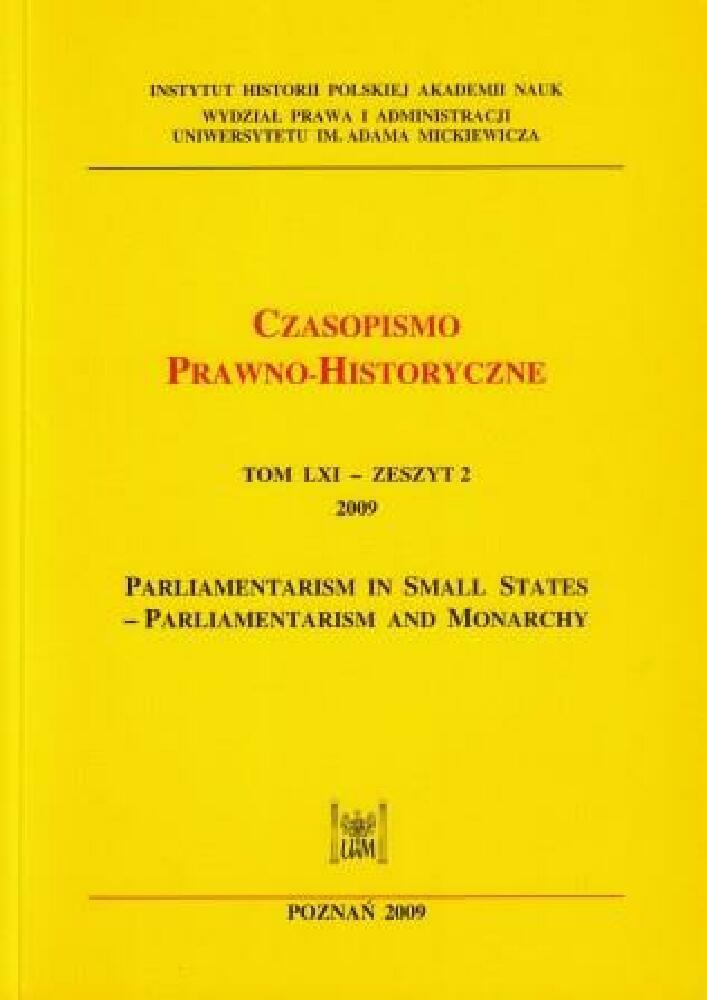Abstract
Any account of the history of Cyprus, and the so-called Cyprus Problem involves contested narratives, and so is likely to be long in order to reflect fully the nuances of the different stories produced by the two communities, Greek and Turkish. At base, the recent history of Cyprus demonstrates that building a multi-ethnic state is never easy, especially when there is no strong national identity, and instead the various groups owe allegiance elsewhere.
The island has been home to a Greek-speaking community for two millennia; smaller groups of Maronite Christians (from Lebanon) and Armenian traders have acculturated to the Greek culture of the island, while maintaining their own ethnic identities. All these communities share a common Eastern Christian heritage. The Maronites and Armenians are tiny minorities compared to the Turkish-speaking inhabitants, who trace their ancestry back to settlers brought over from Anatolia after the Ottoman conquest of Cyprus in 1570-71. It is said that some members of the former ruling elite (European crusaders from what are now France and Italy, who ruled the island from the twelfth century until the Ottoman conquest) also became Moslems and integrated into the Turkish community.
Funding
Digitalisation and OA co-funded by the Minister of Education and Science (Poland) under contract no. BIBL/SP/0002/2023/1
License
Copyright © by Faculty of Law and Administration, Adam Mickiewicz University, Poznań, 2009OPEN ACCESS




